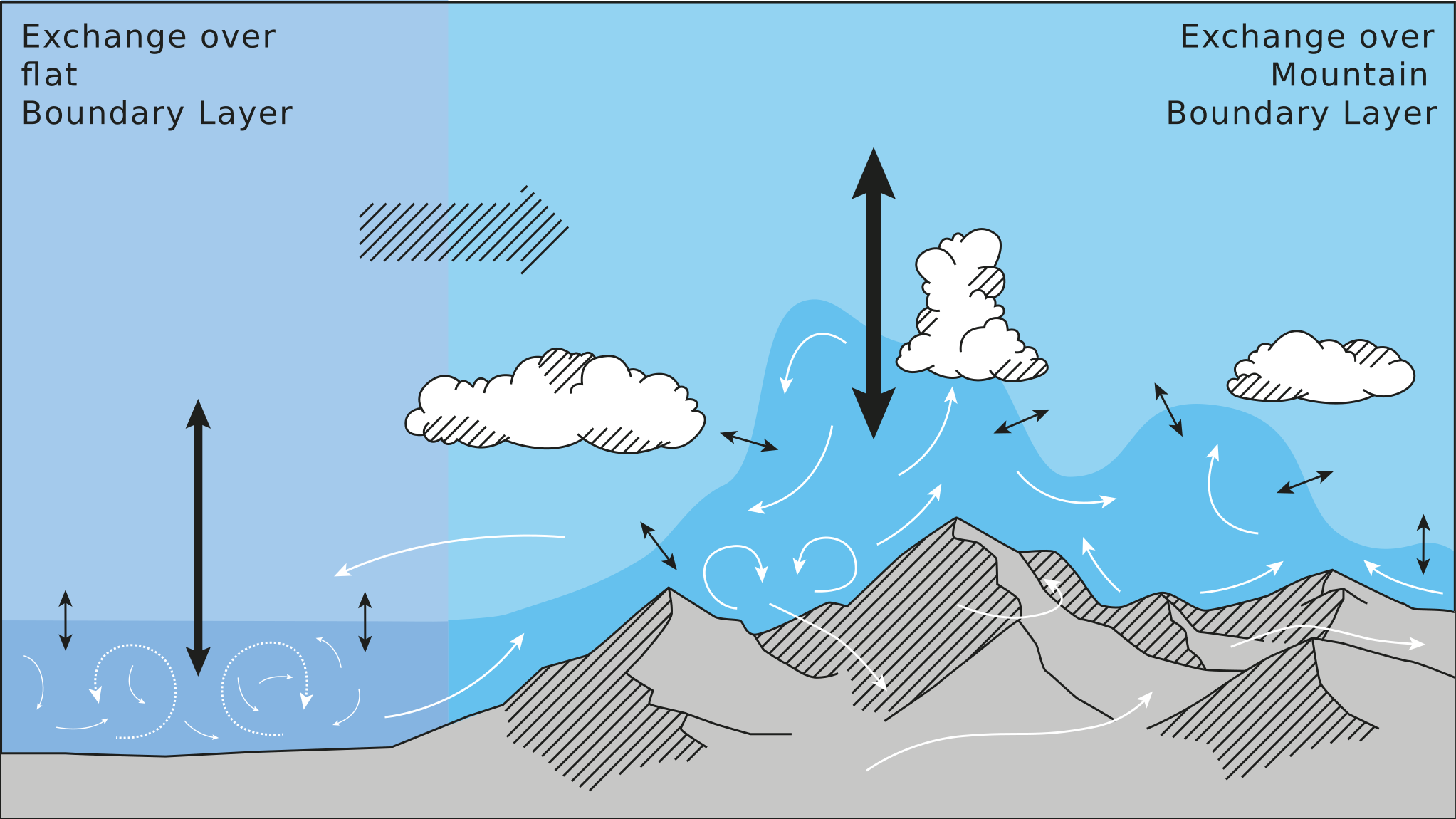TEAMx
Multi-scale transport and exchange processes
in the atmosphere over mountains
– programme and experiment

TEAMx is…
- …an international research programme that aims at improving our understanding of exchange processes in the atmosphere over mountains and at evaluating how well these are represented in NWP and climate models.
- …a bottom-up initiative by a number of research institutions and operational centres , supported by a coordination office at the University of Innsbruck and based on national, bi-national and multi-national research projects .
- …internationally integrated through a Memorandum of Understanding between interested parties.
- …motivated by recent scientific and technological progresses in observing and modeling small-scale processes in the atmospheric boundary layer (more details) .
The four main scientific goals of TEAMx are:
Contact
Events
- The TEAMx Observational Campaign (TOC) will take place from 15th September 2024 to 15th September 2025.
- The fourth TEAMx Workshop will take place as an hybrid meeting on 19th and 20th November 2024. Registration is closed.
Endorsements
TEAMx is endorsed by the World Weather Research Programme WWRP, as an Endorsed Project, and the World Climate Research Programme WCRP, as a Crosscutting project within the Global Energy and Water Exchanges GEWEX Hydroclimatology Panel GHP.
|
|
|




